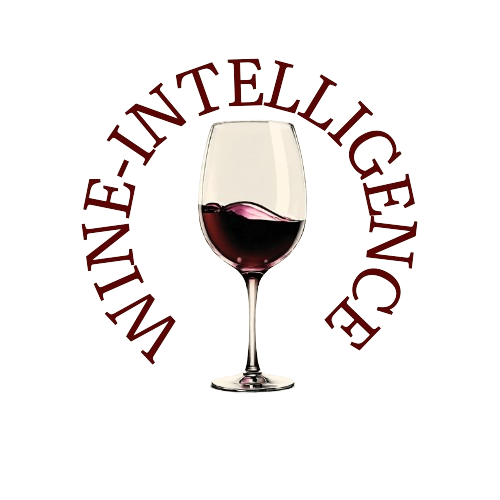The picturesque Moselle Valley in Germany is renowned for its steep vineyards, some of the most challenging landscapes for viticulture in the world. These slopes, which can range from steep to nearly vertical, have been traditionally worked by hand, often posing significant risks to the workers.
However, this centuries-old method is facing modern challenges: a shortage of skilled labor and an increased risk of accidents due to the steep terrain. As winegrowers grapple with these issues, a forward-thinking initiative known as the "Smart Vineyard" project is stepping in to bridge tradition with cutting-edge technology.
A New Era for Viticulture: The Role of 5G and Automation
Launched in 2021 in the Cochem-Zell region, the Smart Vineyard project, spearheaded by the University of Koblenz in collaboration with the Moselle Rural Services Center and various partners, aims to revolutionize how vineyards are managed. By leveraging the power of 5G, robotics, AI, IoT sensors, and image recognition, the project seeks to automate many labor-intensive processes, ensuring the sustainability of regional winegrowing while preserving the Moselle Valley's unique cultural landscape.
The core objective of the Smart Vineyard project is to develop comprehensive, web-based applications that can (partially) automate tasks such as soil cultivation, defoliation, and spraying. These applications are designed to be accessible for wineries, enabling them to integrate advanced technologies seamlessly into their daily operations.
The Robots Behind the Revolution
One of the key innovations introduced by the project is a robot equipped with a 5G router, which navigates the vineyard rows autonomously. This robot is responsible for tasks like soil cultivation and defoliation, activities that are not only time-consuming but also physically demanding on the steep slopes of the Moselle Valley. As the robot moves through the vineyard, cameras integrated into its system capture high-resolution images of the vines and their surroundings. These images provide valuable data on vine health, leaf volume and density, pest infestations, and ripening conditions.
In real-time, the robot can adjust its actions based on this data. For example, it can control flat-share processing equipment to perform tasks with precision, reducing the need for manual labor and minimizing the risk of accidents. This level of automation is a game-changer for Moselle winegrowers, offering a safer and more efficient way to manage their vineyards.
Data-Driven Decision Making
One of the standout features of the Smart Vineyard project is its central data platform. This platform allows for the intelligent reuse of data collected by the robot’s cameras and sensors. The information gathered is not just stored; it’s analyzed and used to make informed decisions about vineyard management. This could include adjusting irrigation schedules, modifying pest control strategies, or optimizing harvest times based on ripening conditions.
The platform also offers a collaborative aspect, enabling winegrowers to share and compare data, fostering a data-driven community that supports regional winemaking businesses.
Addressing the Challenge of Steep Slopes
Perhaps one of the most exciting advancements of the Smart Vineyard project is its work on developing a prototype vehicle platform designed to operate on the very steep slopes that characterize much of the Moselle Valley. This alternative ground drive system aims to offer winegrowers a safer and more practical solution for working on the valley’s steepest terrains, further reducing the risk of accidents.
5G: The Backbone of the Smart Vineyard
At the heart of the Smart Vineyard project is its 5G network, which operates on industrial frequencies licensed specifically for the vineyards. Unlike public networks, this is a private, independent network, allowing for seamless real-time data transmission. With over 100 megahertz of upload bandwidth, the network ensures that sensor data from the cameras can be transmitted to the data center instantly. This enables real-time evaluation and decision-making, a crucial feature for a landscape as dynamic as a vineyard.
Looking ahead, the Smart Vineyard project aims to transform its 5G network into a nomadic system, capable of moving from one vineyard to the next. This would further enhance its scalability and utility, ensuring that even smaller or more remote vineyards can benefit from the technology.
A Future-Proof Solution for Moselle Winegrowers
The Smart Vineyard project is not only a technological marvel but also a vital initiative for the future of viticulture in the Moselle Valley. By addressing labor shortages and safety risks through automation and digitization, it preserves the region's winemaking tradition while paving the way for a more sustainable, data-driven future.
With the continued development of 5G infrastructure, robotics, and AI, the Smart Vineyard project represents a crucial step toward ensuring that the Moselle Valley remains a global hub for quality wine production, despite the challenges of its terrain. For winegrowers in the region, this blend of tradition and innovation could be the key to thriving in an increasingly competitive industry.
Source: Der-Winzer

